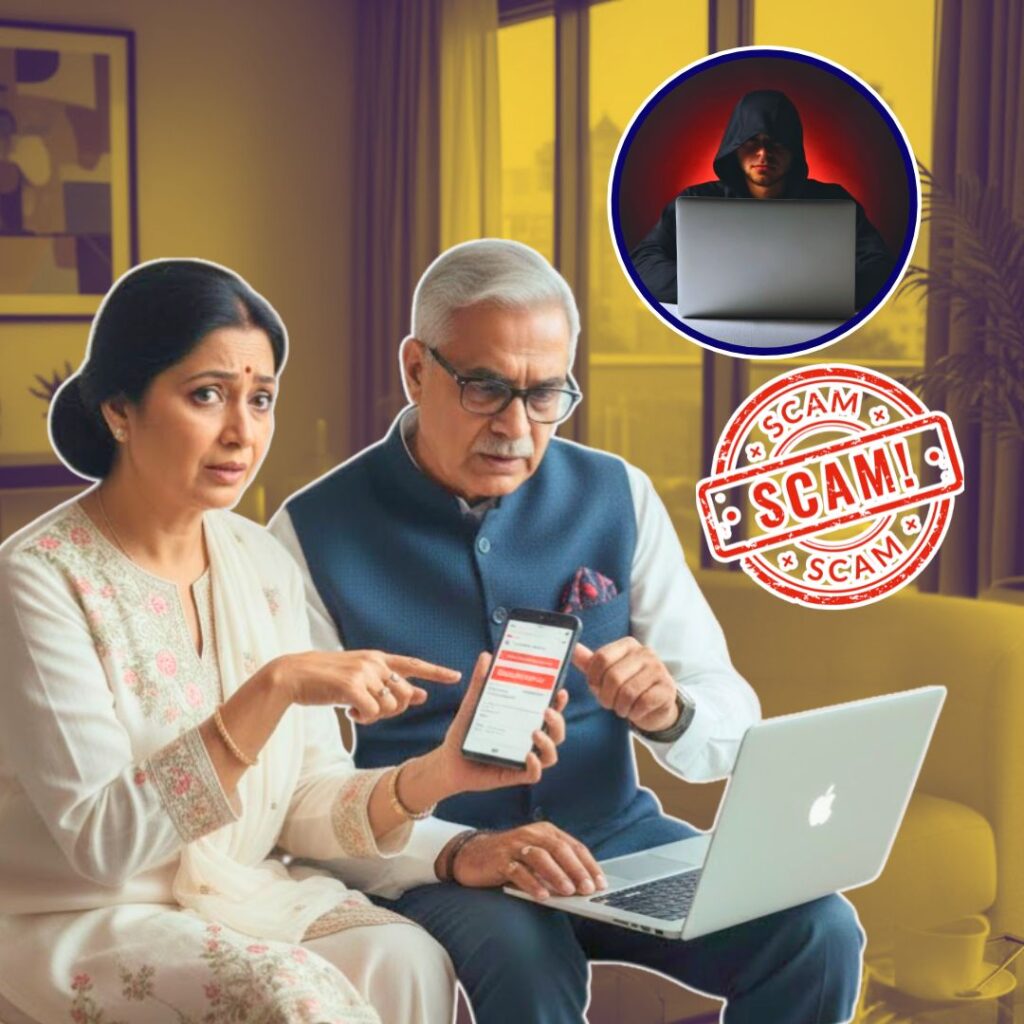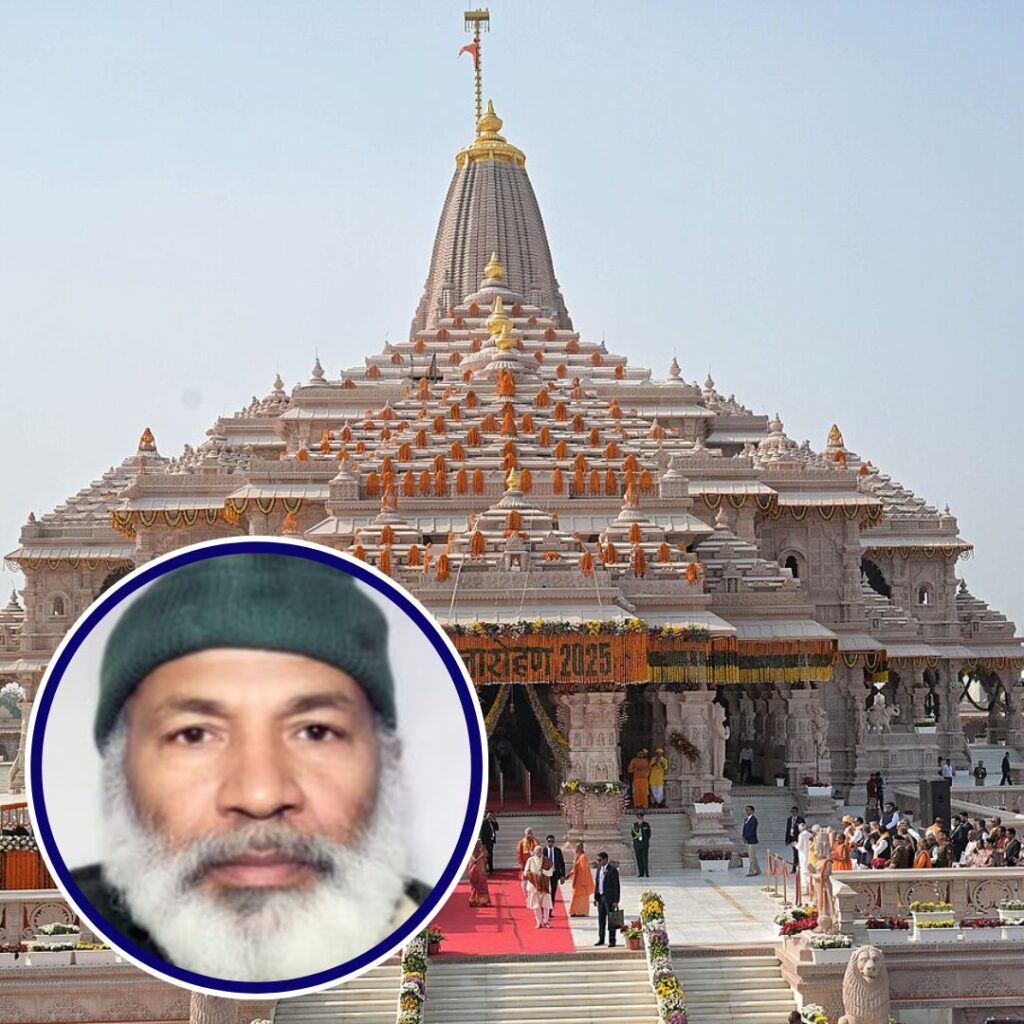In a landmark judgement, a five-judge bench of the Supreme Court, on September 6, 2018, read down Section 377, which criminalised consensual same-sex relations as well as any sexual act other than heterosexual penile-vaginal sex. Supreme Court said that the right to love anyone was an individual choice. They further said that consensual sex between adults is not a crime.
Section 377 exists in Chapter XVI of the Indian Penal Code as:
“377. Unnatural offences: Whoever voluntarily has carnal intercourse against the order of nature with any man, woman or animal shall be punished with imprisonment for life, or with imprisonment of either description for a term which may extend to ten years, and shall also be liable to fine.
Explanation: Penetration is sufficient to constitute the carnal intercourse necessary to the offence described in this section.”
The much-awaited judgement is a reiteration of the 2009 Delhi High Court judgement which had also read down section 377 of the Indian Penal Code in a similar fashion, bringing tears of joy to the members of the LGBTQ+ community across the nation. However, India’s struggle with the now-read down archaic law goes back to decades. It took independent India 71 years to finally shake off one of its most controversial relics of the British-era legislation.
Section 377, going back in past
India was first introduced to today’s Section 377, almost 80 years before its independence in the year 1861. The law finds its roots in The Buggery Act of 1533, on the basis of which, Thomas Macaulay drafted the section in 1838, which was brought into effect in 1860. The Buggery Act was enacted under the reign of King Henry VIII where ‘buggery’ had been defined as an unnatural sexual act which goes against nature, God and man’s will, thereby, criminalises anal penetration, bestiality, and homosexuality at large.
In 1828, the Buggery Act was repealed and replaced by the Offences against the Person Act 1828 which broadened the definition of unnatural sexual acts and allowed for easier prosecution of rapists. In 1861, the British repealed and replaced the 1828 act by the Offences against the Person Act 1861.
Nearly a century later in 1967, homosexuality was decriminalised in Britain, which paved the way for other historic judgements pertaining to securing the rights of sexual minorities over the last 50 years. It is interesting to note that, a number of British colonies, including India, continued to follow an archaic law, penned in the 1830’s and enacted in the 1860’s well after their colonisers left the country.
India’s legal battle with Section 377 (1994- 2009)
Section 377’s legal battle first began in 1994 when AIDS Bhedbhav Virodhi Andolan (ABVA) filed a petition in the Delhi High Court which challenged the section’s constitutionality and also called for its repeal. Since ABVA failed to follow through with the petition, it later got dismissed.
In 2001, ABVA’s petition came in the much toned-down form of a petition filed by the NGO Naz Foundation. The case was dismissed in 2004 by a two-judge Delhi High Court Bench of Chief Justice BC Patel and Justice Badar Durrez Ahmed. A review petition too was dismissed. While the petition, which sought to decriminalise private homosexual activities did not yield any success at first, it was still the first instance where the constitutional validity of the law was challenged in a court of law.
However, as the LGBTQ+ movement gained momentum in different parts of the country, the Supreme Court in 2006 directed the Delhi High Court to hear the case once again. In a 2009 landmark judgement, a Division Bench of Chief Justice Ajit Prakash Shah and Justice S Muralidhar said, “We declare that Section 377 IPC, insofar as it criminalises consensual sexual acts of adults in private, is violative of Articles 21, 14 and 15 of the Constitution”. With that, sexual activities in private between two consenting adults, irrespective of their sexual orientation were no longer a criminal offence.
While this did bring joy to the members of the LGBTQ+ community, the verdict was soon challenged by Suresh Kumar Koushal and others in the Supreme Court in the same year.
From going back in history to the 2018 judgement
A two-judge bench of Justices GS Singhvi and SJ Mukhopadhaya of the Supreme Court in its 2013 judgement against the Section 377, quashed the aspirations of many who have been through hell. The apex court while reinstating section 377 of the Indian Penal Code (IPC), had then struck down the 2009 Delhi High Court judgement, leaving the question of its constitutional validity upon the Parliament’s discretion. This resulted in mass outrage among members of the community as well as others.
Meanwhile, Congress MP Shashi Tharoor had introduced a Private Member’s Bill in the Parliament in 2015, which was in tune with the 2009 Delhi HC judgement. The bill voted down by the Parliament sought to decriminalise homosexuality, reported LiveMint then.
T…











